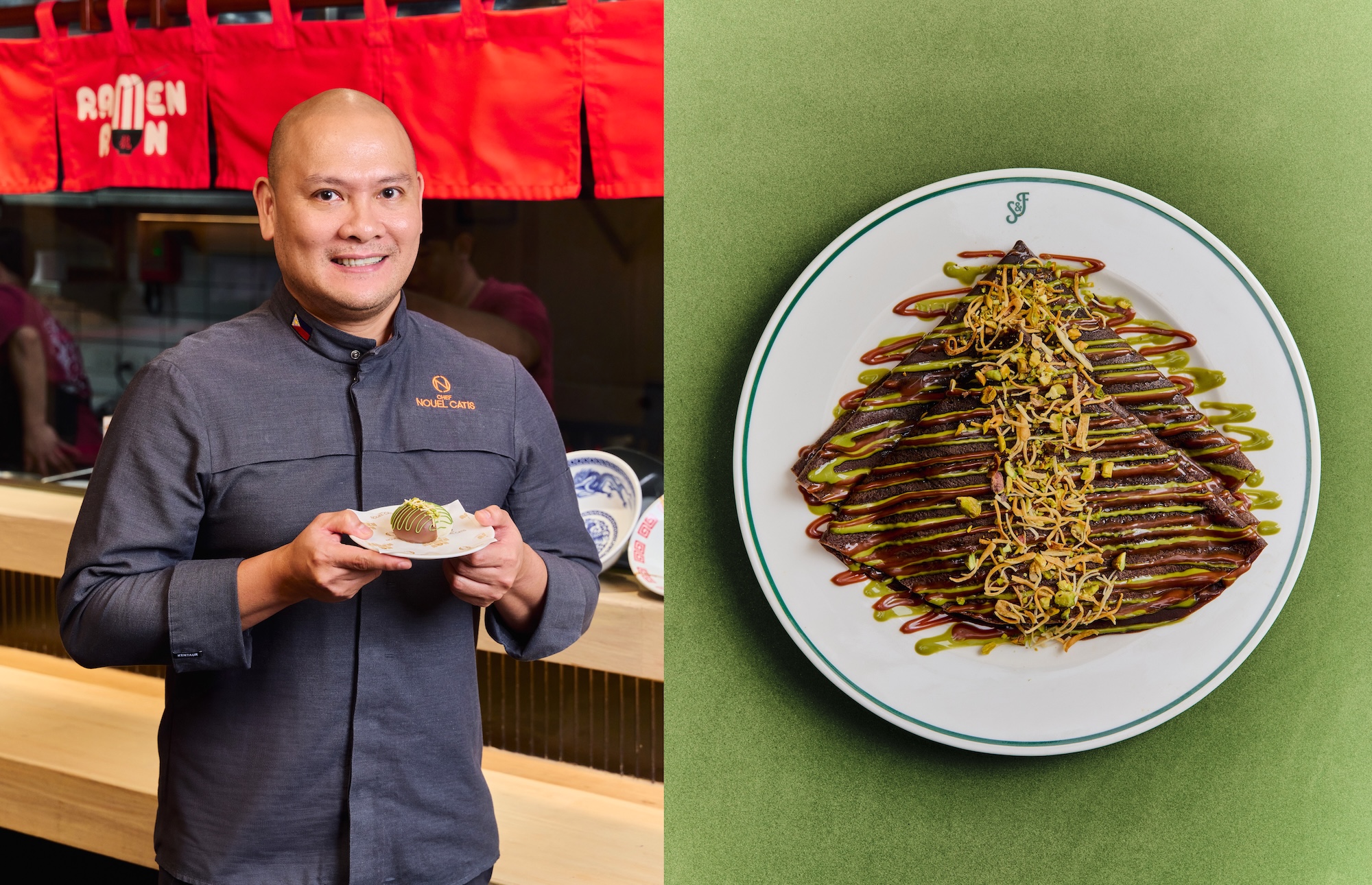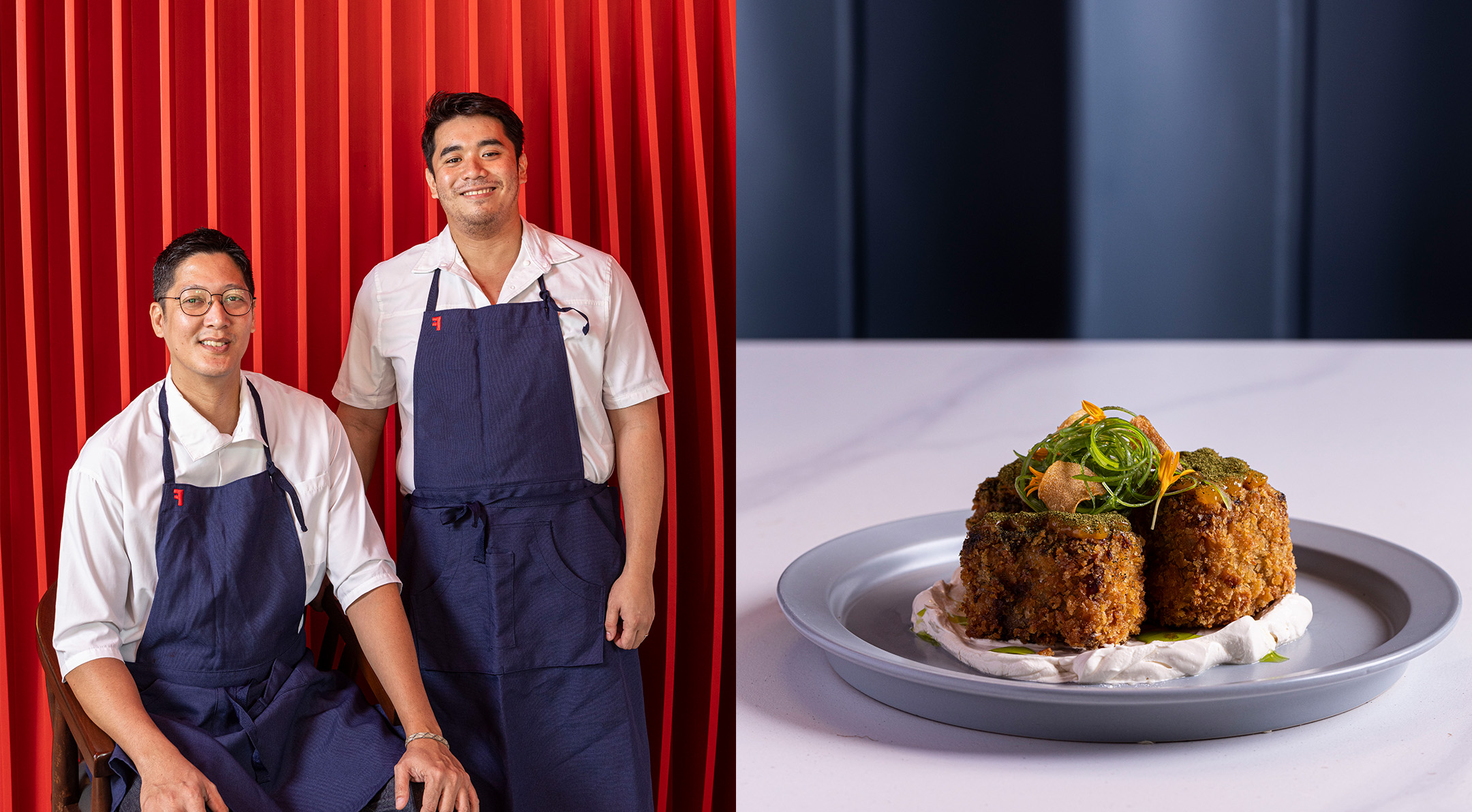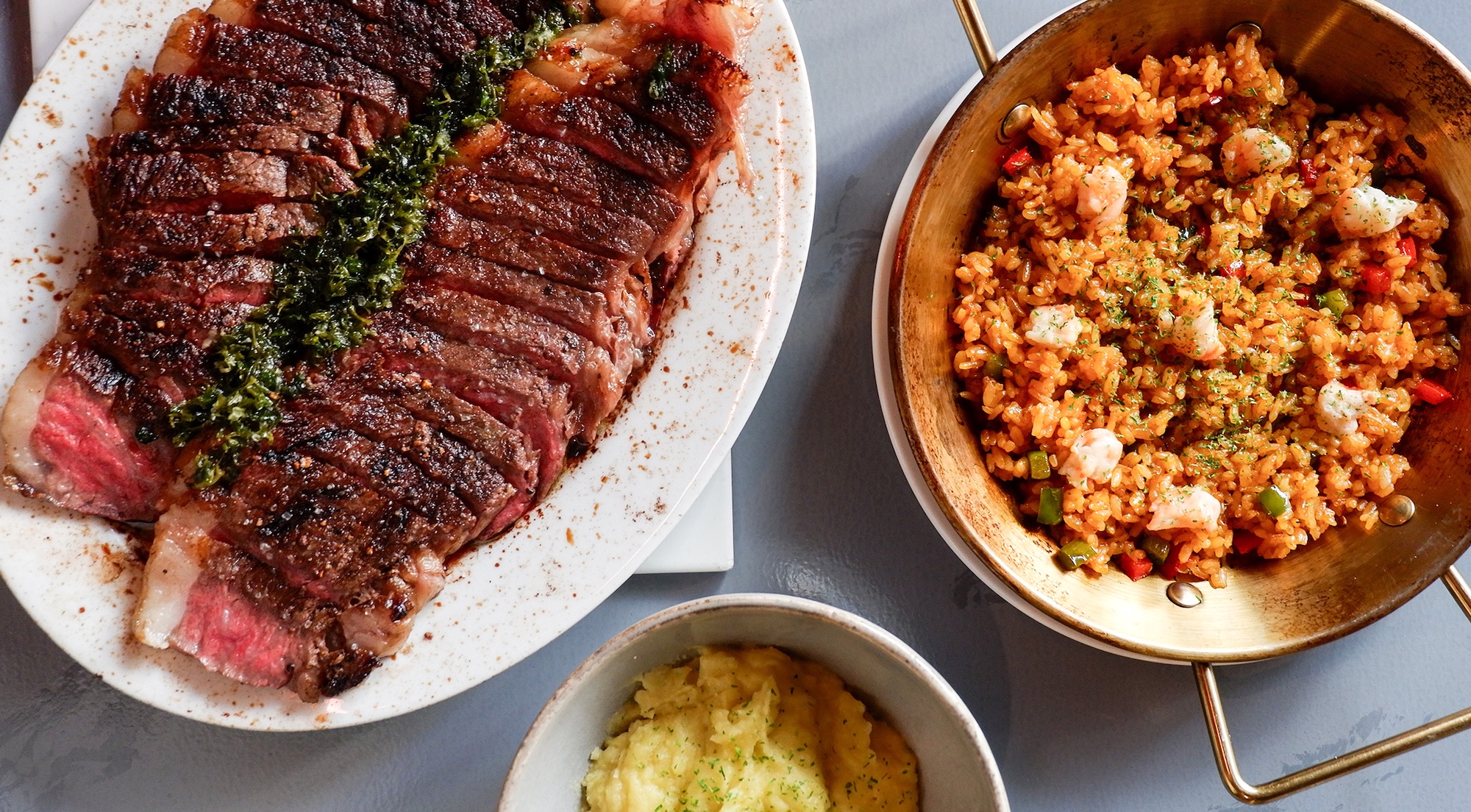It’s one of those dishes that is immediately familiar, even if one did not grow up with it. That crisp shell reminiscent of a hard taco; the filling that is very much like a spring roll but with a fresher zing; the tang of the spiced vinegar that would be just as good on your inihaw na liempo or fried bangus.
Ilocos empanada is simply rice wrapper filled with various ingredients, then deep-fried in a wok with very hot oil, cooked until crisp, and cooled for a few minutes. The eating commences after chipping off the corner to expose the steaming-hot filling inside. Here, you steadily pour in a light stream of vinegar (that orange-tinged sukang Iloko is best) to flavor the thin shell and give the savory filling a kick and tartness for balance. These are flavors that are truly easy to love.

Irene Santos is all too familiar with these flavors. The proprietor of Irene’s Empanada on Calle Salcedo (and a stall along world-famous Calle Crisologo), Vigan City is hands-on, preparing the rice wrappers in the morning and cooking the different stuffings of her popular empanadas. She learned the recipe from her mother, who learned it from her own mother. Irene’s daughter is a fourth-generation empanada maker and manages the Kapitolyo, Pasig branch they opened in February 2018.
When asked to compare Vigan empanada with the Batac version more popular in Metro Manila, Santos is stumped. “I wouldn’t know,” she admits in Filipino. “Hindi ko pa nasubukan.” She can, however, speak for the Vigan version, which she is all too familiar with: how the original ones were simply stuffed with shredded papaya, cabbage, and bean sprouts; that her grandmother was an innovator who thought to add sweet crabmeat into the mix during Lenten season. Her mother, Santos claims, was the first one to add Vigan longganisa into the stuffing, which is how people now know Ilocos empanadas.

While the contents have gone through an evolution throughout generations, the wrapper remains the same. Aling Evelyn, who took over her mother’s stall in the plaza and has since developed a cult following that includes Cyma and Green Pastures chef Robby Goco, says that the rice wrapper is fragile. “Madali mapanis.” It cannot be pre-fabricated or frozen, which is why you normally see an assistant next to the fryer whose job is to roll out the moist rice dough into thin sheets before stuffing and frying. How can you tell if the wrapper has gone bad? “Pag mabilis masunog,” Evelyn explains.
This probably explains why these Ilocano snacks are not as widespread in Manila as, say, shawarma or burgers. While the demand is definitely there, preparing empanadas this way is simply not an easy task.


For now, Vigan empanadas can be enjoyed wherever there is a knowledgeable artisan making it. They do not have to come from a long line of empanaderos—the know-how and consistency just need to be there.
Rose del Castillo opened Casa Jardin (or CJ’s, as locals call it) in the ruins housing the pocket garden next to her in-laws’ ancestral home. Her mother-in-law taught her how to prepare the savory snacks and she started making them so well that she turned it into a business. And business has been good. Del Castillo has a millennial’s eye for memorable visuals—a well laid-out open kitchen and an exposed brick wall with cascading vines as a backdrop for Instagrammable food photos.
The crust of her empanadas is more flavorful than others, and the hero (or culprit) is suspected to be MSG. Still, CJ’s has become Vigan empanada’s rising star and is now a regular haunt for both tourists and locals. The gimmicks might have helped—they offer a foot-long empanada that would surely impress the folks at home. But aside from being social media savvy and pandering to voracious eaters, CJ’s serves empanadas that are still essentially old-school delicious.
Santos suddenly exclaims, “Naku, kailangan ko pa gumawa ng tuna,” referring to another one of her innovations, which now include at least 10 other variants. It seems to be catching on, especially since Lent has most local Catholics skipping meat. While she follows the pioneering ways of the women in her family, the Vigan empanada industry shows that there really is no real demand for varying choices. The product, as most already know it, is perfect as is. It just needs to be done right.
Originally published in F&B Report Vol. 15 No. 2












































